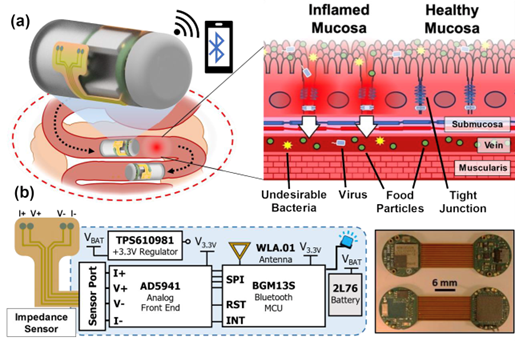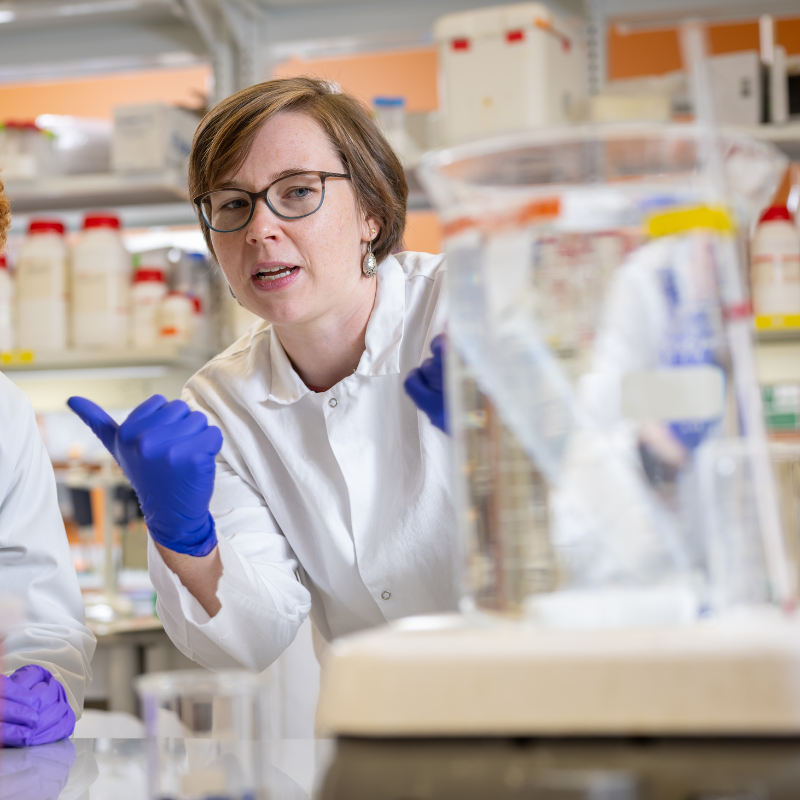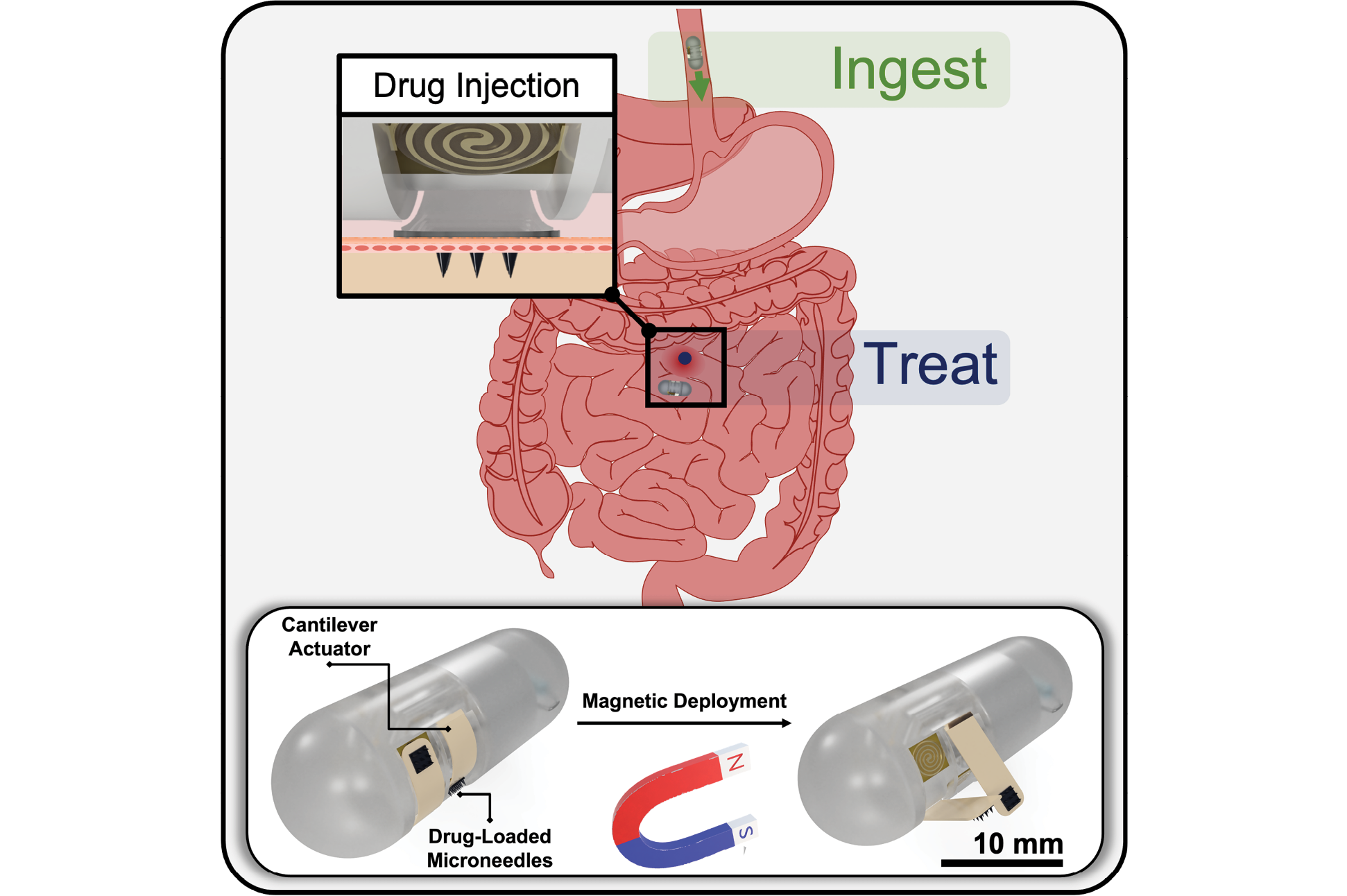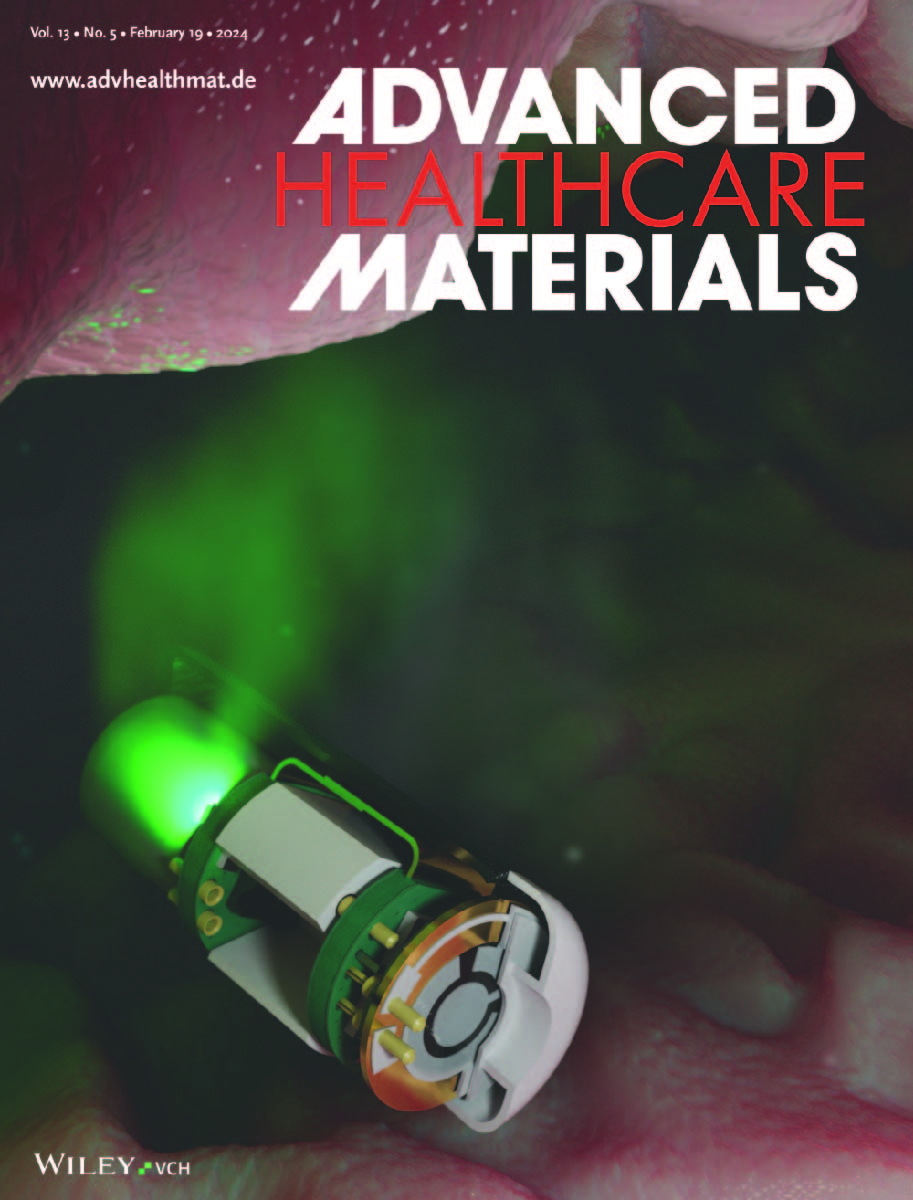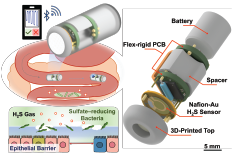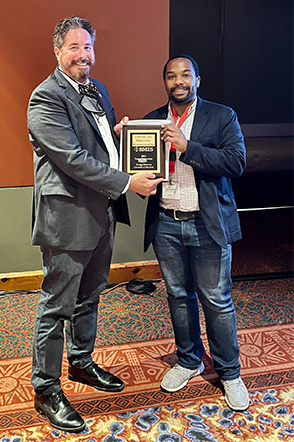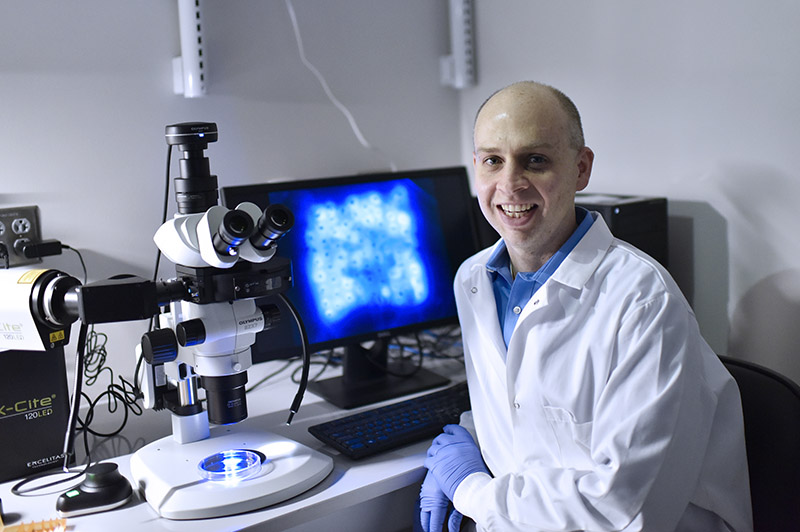News Story
Muro Develops Technique to Improve Oral Drug Delivery Using Targeted Nanocarriers
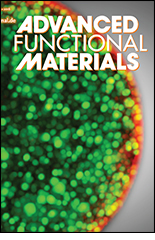
For decades, scientists have worked to target therapeutics to specific markers within the body in efforts to improve delivery of medication to the target site while avoiding interaction with healthy tissue. But, the corrosive environment of the gastrointestinal (GI) tract has long prevented scientists from pursuing methods of oral drug delivery that employ what are known as targeted nanocarriers – nanomaterial that is used to transport another substance, such as a therapeutic – to reach certain organs or cells while steering clear of others.
Recognizing this challenge, Fischell Department of Bioengineering (BIOE) Associate Professor Silvia Muro (Joint, Institute for Bioscience and Biotechnology Research, IBBR) and a team of University of Maryland researchers are exploring new drug delivery strategies that could be used to deliver therapeutics to targets in the GI tract, as well as targets inside GI cells or across the GI tract for circulation in the bloodstream.
Scientists have long used targeted nanocarriers in intravenous therapy treatments. Put simply, a targeted nanocarrier features a biological molecule that serves as a targeting molecule that is “programmed” to recognize a marker. As such, scientists are able to deliver therapeutics to site-specific targets without causing harm to healthy organs or cells. This specificity is crucial: in chemotherapy treatment, for example, the use of targeted nanocarriers allows doctors to attack tumor cells while minimizing the risk of chemotherapy’s toxicity to healthy cells in the body.
But, when scientists explore treatment options for diseases of the gut – such as Crohn’s disease or a variety of inflammatory diseases – they face limitations. In part, this is because doctors aiming to target nanocarriers to sites in or across the GI tract have been limited to using IV therapies.
“Typically, drug delivery technologies involve fabrication of a nanocarrier that bears a pharmaceutical drug of interest,” Muro explained, “The nanocarrier is then coated with a biological molecule, which serves as a targeting entity. This targeting coating is designed to recognize a specific marker in the body, bringing the drug to the site of disease; however, in oral delivery, the biological coating gets degraded in the stomach and the targeting property of the drug nanocarrier is lost. This is why scientists have not focused on targeting strategies for oral delivery.”
But, Muro and her team are hopeful they have found a solution.
She and her fellow researchers have placed targeted nanocarriers into microcapsules, specially designed to survive the harsh environment of the stomach.
“This is a technique classically used to deliver therapeutics orally, to protect drugs from premature inactivation while in route to the intestines,” Muro said. “But, it has never been used before to protect targeted nanocarriers.”
To illustrate this new concept – highlighted earlier this year as the cover story in Advanced Functional Materials – the team used microcapsules made of a chitosan shell and alginate core. Chitosan is a biological compound found in the shells of crustaceans, and alginate is a naturally occurring polysaccharide obtained from various species of seaweed.
Once these microcapsules bypass the stomach, they disintegrate in the intestines, thereby liberating the targeted nanocarriers there and allowing them to bind to specific disease markers.
“This approach enables the use of targeted nanocarriers for oral delivery,” Muro said. “This opens an opportunity to investigate whether targeting drugs to specific intestinal markers improves intestinal delivery of therapeutics and their uptake into the circulation.”
Because drug nanocarriers provide control over the stability and release of therapeutics, and targeting provides a means to specifically direct a drug toward disease sites, combining these properties with oral delivery – a patient-friendly route – may signify a great improvement in scientists’ ability to deliver disease-treating drugs in an efficient and safe manner, Muro said.
For Muro and her research team, improving drug delivery techniques is a life’s passion. After all, the next major breakthrough in the treatment of cancers, Alzheimer’s disease, or even genetic conditions relies in part on scientists’ collective ability to deliver therapies to affected sites of the body while minimizing harm to healthy cells.
Department of Chemical and Biomolecular Engineering (ChBE) Patrick and Marquerite Sung Professor Srinivasa Raghavan collaborated with Muro for this study and served as a coauthor of the Advanced Functional Materials paper. BIOE alumna Rasa Ghaffarian (Ph.D. ’15) was first author and conducted most of the experimental research reported. IBBR’s Edgar Perez-Herrero and ChBE alumna Hyuntaek Oh (Ph.D. ’14) contributed as secondary authors.
Earlier this year, Muro served as editor for an issue of Current Pharmaceutical Design entitled, Drug Delivery: Open Sesame Strategies for the One Thousand and One Body Barriers, which contained an editorial with the same title by Muro. In her piece, Muro drove home the critical significance drug delivery plays in treating diseases, saying: “The overall efficacy of therapeutic agents and their side effects highly depend on their accessibility to and accumulation at body regions where their action is required… effective therapies also necessitate [a] means to enhance the physical penetration of pharmaceuticals across the many physiological barriers of our bodies.”
Muro’s 430-page book, Drug Delivery Across Physiological Barriers, published earlier this year by Pan Stanford, featured articles and chapters from various renowned drug delivery scientists from across the world. The book highlights advances in drug delivery strategies, including considerations on the biological regulation and natural mechanisms overcoming barriers, as well as drug delivery strategies facilitating the transport of drugs and their carriers at the tissue, cell, and subcellular levels. The book is available in hardback, eBook, and eBook Rental formats.
Cover image copyright of Advanced Functional Materials.
Published October 31, 2016

